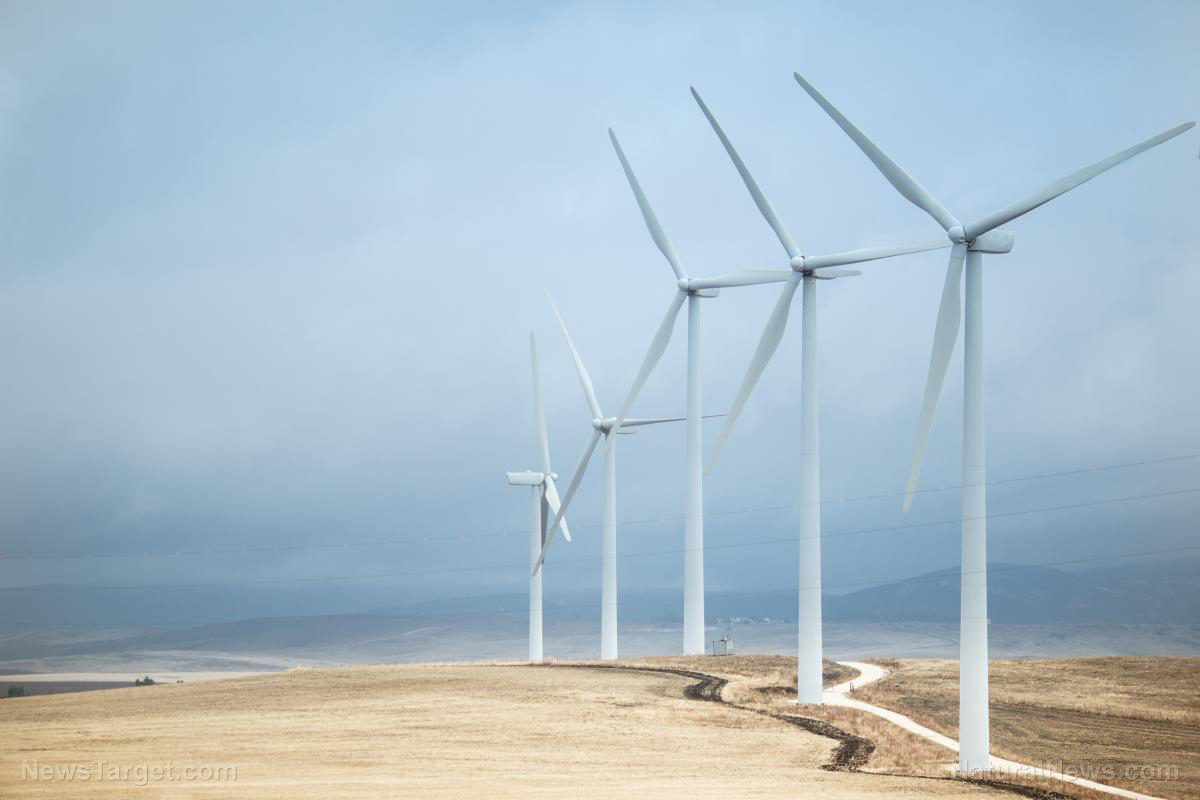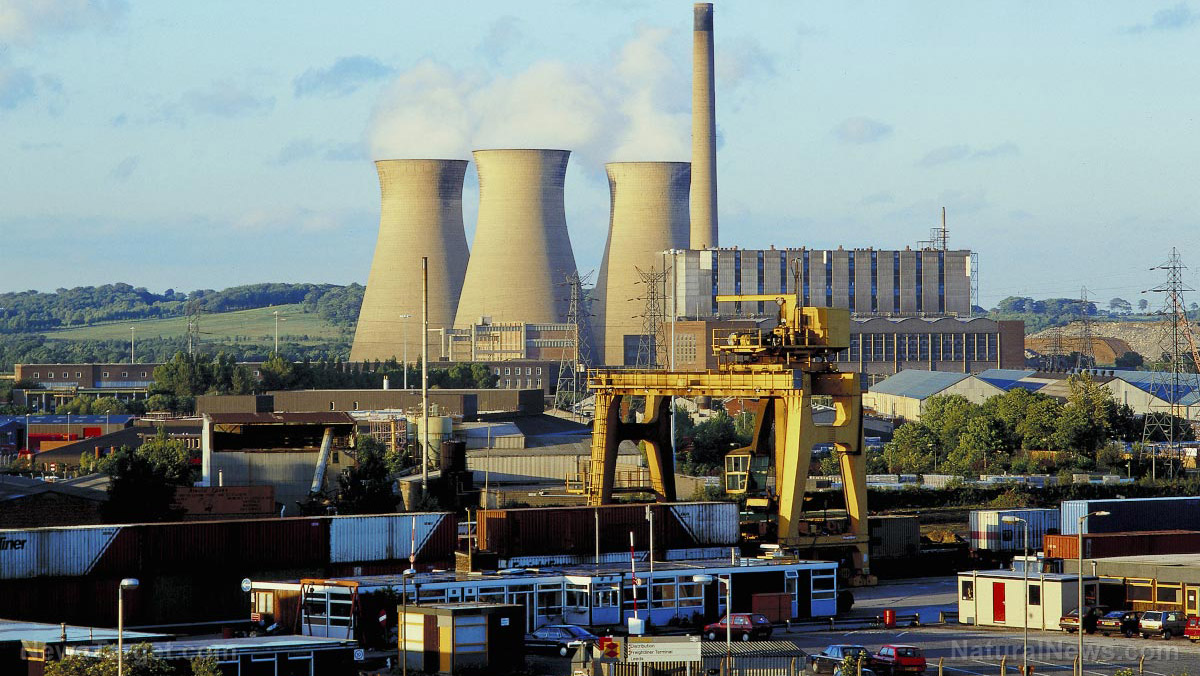When America’s greatest inventor, Thomas A. Edison, opened the Holborn Viaduct power station in London in 1882, Britain became the first nation on earth to use coal for electricity.
The Observer, a newspaper from that time, reported that “a hundred weight of coal properly used will yield 50 horse power for an hour.” The paper also noted that every horse power “will supply at least a light equivalent of 150 candles,” according to The Guardian.
At the time the invention of electricity and the coal-fired means of generating it was a magnificent leap forward in terms of bringing tremendous growth and opportunity for nations that developed and widely used the technology.
But over the course of a century, as nations began to rely more and more heavily on coal, researchers determined that exhaust and waste from coal-fired power plants and other industrial operations were becoming a major risk to human health and to the environment in general.
So alternatives were sought, including gas, nuclear, solar and wind power. Just recently, Great Britain has used a combination of all of these energy-generation technologies to become completely coal-free, a milestone the country celebrated on Friday. (RELATED: UK warned to clean up its air as deadly pollution continues to increase)
As noted by The Guardian, the National Grid reported the country can now power itself without the use of a single coal-fired plant:
It is the first continuous 24-hour coal-free period for Britain since use of the fossil fuel began. West Burton 1 power station, the only coal-fired plant that had been up and running, went offline on Thursday.
Britain has been working towards this goal for some time, and in the recent past has enjoyed periods of coal-free power production. In 2016, for example, the UK experienced several, albeit shorter, coal-free times as gas and renewables like wind and solar energy began to play larger roles in the production of power. The longest previous period of coal-free production was 19 hours, The Guardian noted.
That milestone was reached in May of last year. Officials with the National Grid said it signified things to come, as coal-free days became more and more common while the country worked to eliminate coal-fired plants altogether.
The UK had been steadily reducing coal use over the past several years. In 2016 the fossil fuel only accounted for 9 percent of electric power production, which was down from about 23 percent in 2015. Coal plants either closed or began switching to a biomass fuel like wood pellets.
In 2025, Britain’s last remaining coal-fired power station will be forced into closure, part of the government’s plan to completely phase out its use in order to meet prior climate change agreements.
“The first day without coal in Britain since the Industrial Revolution marks a watershed in the energy transition,” Hannah Martin, chief of energy at Greenpeace UK, told The Guardian. “A decade ago, a day without coal would have been unimaginable, and in 10 years’ time our energy system will have radically transformed again.”
In the U.S., coal accounted for about 30.4 percent of electric power generation in 2016, just behind the leading source, natural gas, at 33.8 percent, according to the Dept. of Energy’s Energy Information Administration. Nuclear power accounted for just under 20 percent, while renewables – hydropower, wind, solar, biomass and geothermal – accounted for less than 15 percent.
That said, the EIA noted in November 2013 the use of coal-fired plants in the United States was steadily declining, from about 57 percent in 2001 to under 40 percent by 2013. US News reported in April 2016 that coal use for power generation fell 29 percent in 2015 from its peak in 2007, due in large part to policies pursued by the Obama administration.
Today, by far the two developing industrialized nations that use the most coal are China and India. The Economist reported in November that India relies on coal for 58 percent of its primary energy needs, though the government wants to reduce its dependence on oil 10 percent by 2022, while boosting reliance on natural gas from 7 percent to 15 percent. (RELATED: Beijing smog hits ‘apocalyptic’ alert levels as arsenic and heavy metals fill the air … Is this where your dietary supplements are being grown?)
China, too, plans to reduce its reliance and use of coal – by as much as 30 percent this year alone, Times of India reported in February. In addition to heavy coal use, car exhaust often makes for choking conditions in Beijing, the country’s capital. At times the smog is so heavy there the government tells schools to keep children indoors to avoid harming them.
J.D. Heyes is a senior writer for NaturalNews.com and NewsTarget.com, as well as editor of The National Sentinel.
Sources:
TheGuardian.com
NaturalNews.com
TimesofIndia.com
EIA.gov




















